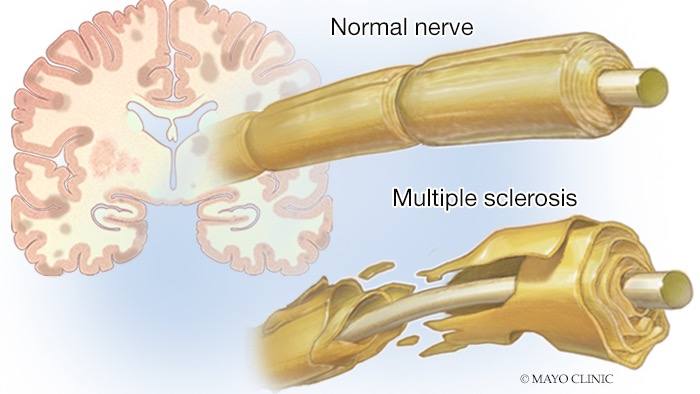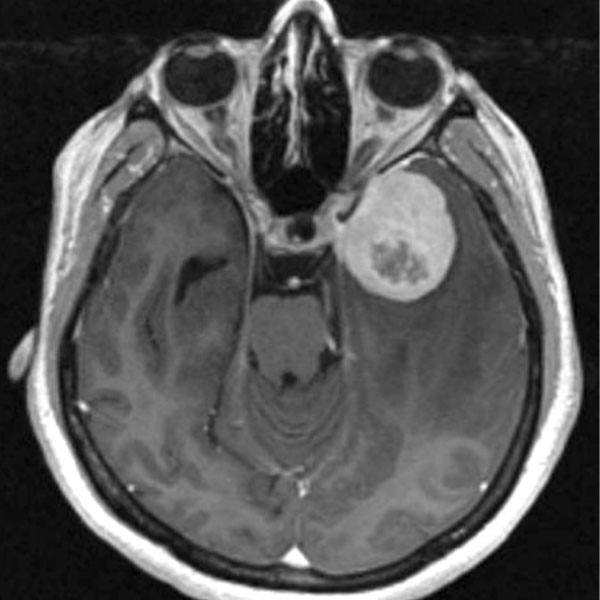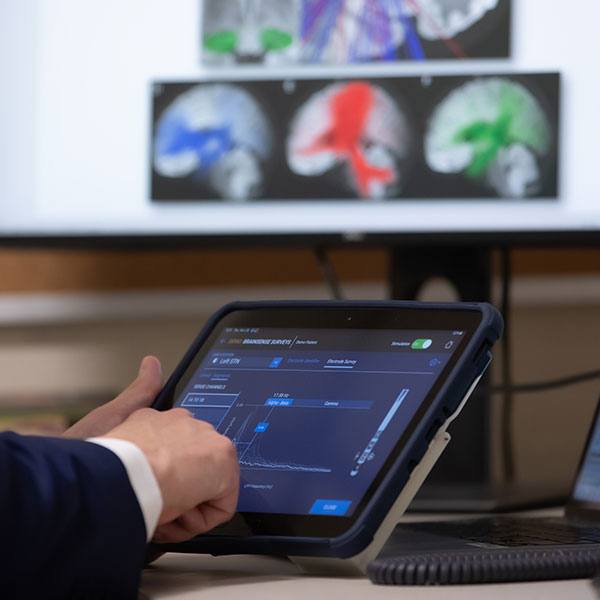-
Mayo Clinic Q and A: Managing multiple sclerosis: Types and treatments

DEAR MAYO CLINIC: I started dealing with relapsing-remitting multiple sclerosis (MS) a year ago. I have good days and bad days dealing with symptoms. But I have improved with a new medication. I have realized there's a lot to learn about MS. Before this started for me, I did not even know different MS forms existed and that not all people have the same symptoms. People see me and say I look fine. But it may be a day I have difficulty finding words or struggle with bowel and bladder issues, all related to my MS. I know a woman who has had MS for years and uses a wheelchair. Can I expect that in the future?
ANSWER: You are so right that no two people experience an MS diagnosis the same way. More than 2 million people in the world have MS, according to the National Multiple Sclerosis Society. Learning about MS can help manage an unpredictable and often frustrating chronic illness.
Talk with your healthcare team about disease-modifying treatment. It is essential to work with a healthcare professional who is well-versed in current options. Early treatment, especially for relapsing-remitting MS, has been found to lower patients' relapse rate, slow their nerve damage and potentially reduce the risk of disability.
First, some background: Multiple sclerosis is an autoimmune disease, which means a person's immune system attacks their body. In the case of MS, the immune system attacks the protective covering of nerves, called myelin, which covers nerve fibers in the central nervous system.
MS is called a demyelinating disease. Myelin often is compared to the insulation covering electrical wires. MS tears away the myelin that goes across the nerves, and that creates lesions that are seen as white spots on MRI scans. Just as you can picture the damage that happens when insulation is removed from electrical wires, this injury to the myelin causes nerves not to function as well. That can happen in the brain, spinal cord or optic nerves.
There are two major types of multiple sclerosis. Relapsing-remitting MS is the most common type, making up about 85% of cases. Relapsing-remitting MS means patients sometimes have episodes that we term as attacks.
For example, during attacks, people may experience vision loss, double vision, numbness, tingling and other symptoms. These attacks usually come on, then they plateau, staying the same for days or weeks, and then they improve.
The second major type is primary-progressive MS. People slowly, gradually have worsening symptoms over time. That's less common, representing about 15% of MS cases at the onset of the disease.
Some patients who have the relapsing-remitting type can later go on to develop some of that slow progression. We call that secondary-progressive MS.
The damage to nerve fibers results in symptoms such as you described: cognition issues, inability to walk and others.
As you know, managing a chronic disease like MS is not easy. Accommodations may be needed at school or with an employer if symptoms flare.
With the new, stronger medications that we have today for MS, we're seeing great hope for our patients. Fewer patients relapse or get new lesions. The hope is that as patients use these medications, the risk of secondary progression becomes lessened.
Of course, all medications have side effects, so patients and their healthcare team should work together to find the right treatment plan for them. — Eoin Flanagan, M.B., B.Ch., Neurology, Mayo Clinic, Rochester, Minnesota







